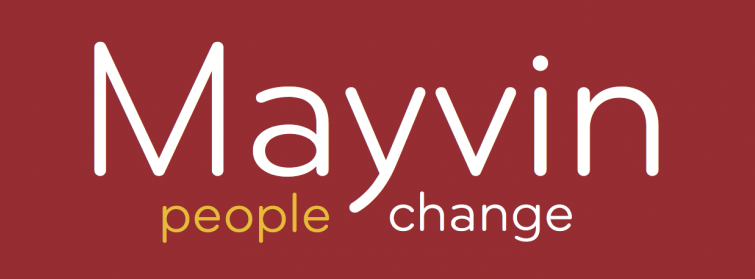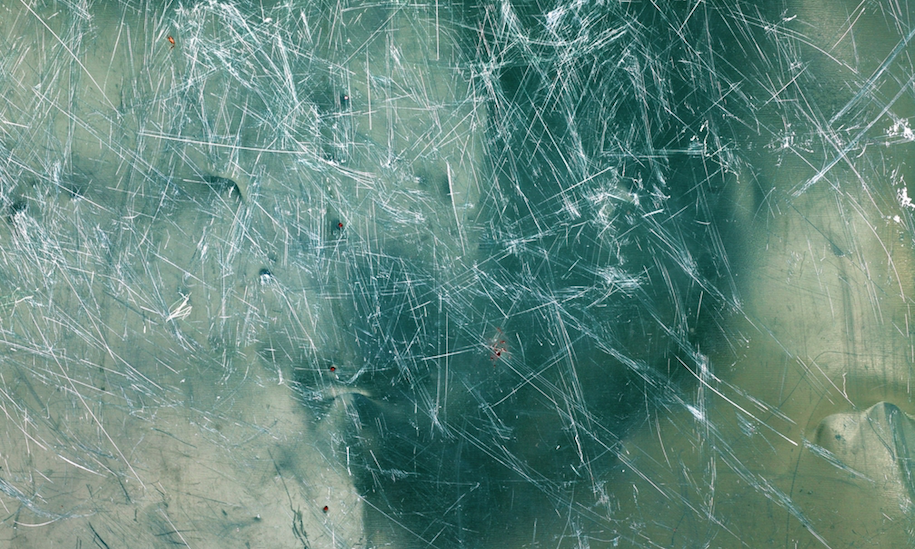Back in February 2012, we asked a group of associates a question that had been troubling us since we formed Mayvin in 2011:
How do we develop a programme of learning in C21L (21st Century leadership) context that is both sensitive to relationships and could work well online/in a virtual & socially networked environment?
Luckily for us, Debbie Carter of Training Journal (TJ) had the foresight to share our curiosity, and yesterday, in collaboration with TJ, we completed the first cycle of action research to test this out, with an experiment we call the ‘Glass Wall’.
The essence of the glass wall is simple – it combines an action learning set with social networking. It is a test to see if organisations can develop ways of integrating 21st Century phenomena, such as crowdsourcing, with cutting edge learning and development techniques, such as action learning.
A group of six willing participants from a range of organisations (including the NHS, publishing, consulting and media) came together to work in a learning set. Their aim was both to develop as 21st Century leaders themselves and reflect on how to do this in a socially and technologically networked world. We assumed that this learning set needed a bit of time to form good, trusting relationships first. Later we found out this was time well spent.
Here is where the glass wall first appeared. As well as reporting back to each other on reflections and actions taken since the previous meeting, the set members also committed to blog and tweet their thinking, opening up some of their work to the virtual world. Thus a glass wall appeared in our room. It felt as if the set started to be slightly more accountable to a (initially very select) group of external stakeholders.
We found though that we could vary the level of transparency of the glass wall in our room. At first it was only very slightly transparent. The blogs were published via a private site, with only a couple of people choosing to make them more public. It has heightened the need for ongoing contracting about Groundrules, depending on people’s level of comfort about privacy and openness. Managing the wall’s transparency becomes a key skill – it’s all about actively and responsively negotiating the boundaries between external accountability and private intimacy.
Our skills developed, both technically and interpersonally, managing the platforms and portals (a big piece of learning alone), as well as learning to listen better, negotiate, influence and inspire. None of this was hugely different to ‘normal’ learning set work, except it was as if another dimension had been added, requiring greater effort to sustain connection. It was like playing three dimensional chess – the rules are the same, but you’ve added a new dimension to your chessboard. We have tentatively concluded that the skills of the C21L leader may not be that different to those of previous generations. But the need for quality and discipline in these skills, in engagement, listening, inquiry as well as advocacy, is certainly greatly increased, in the face of the complexity and pace of our current times.
Persistence in the core skills of relationship development paid off. After an intense negotiation in the group, we were ready to take a further step. We made our glass wall even more transparent, streaming our learning set conversation and inviting real time comment in from the outside world, via micro-blogging.
Here’s how:
A volunteer was invited to listen into our deliberations via Skype and tweet in their responses to our conversations. We watched the feed via a monitor in the room, and responded, closing a conversational loop with the outside world.
We played with various options: the volunteer initially tweeted via a private micro-blog, and then when we felt bolder, via Twitter, open to their followers. We also tried at first asking them just to quote what they heard in the discussion, and then we asked them to turn up the heat and tweet their own responses and reflections. We found the latter much more impactful.
It’s also interesting to consider the impact of this experiment on our volunteer listener. Here’s some of what he said:
In the first phase, I was asked to simply reflect back what I was hearing. This was a fairly easy task, and helped me get comfortable with the whole process. After a while it wasn’t very satisfying, and I found it hard to offer anything really useful. Then I could shift to offering my own comments, and questions. This was more challenging - I had to listen harder, and to show more of myself. After three or four interventions, I was really gratified to find my comments being picked up and used. That was very engaging.
We see this is a laboratory for what organisations could do:
Action learning and coaching is sometimes criticised as being too inward looking. Imagine playing with the transparency of the glass wall for the sake of demonstrating and making direct impact of learning to key stakeholders?
Consider the executives of a company, deliberating about their strategy, inviting real time comment to their discussions, suitably moderated through such a glass wall in their boardroom. The Board could be seen to respond directly to their workforce.
Or bolder still – imagine a company being totally transparent about some of their dilemmas, via Twitter, open to customers and competitors alike? What we are learning is that the key quality of the glass wall is you can alter its transparency, via careful negotiations with technology and people. Rather than the usual, fearful response of many companies to the realities of technology and the social network, how about learning to get the light levels right for your own ends?
Next time, we are upping the ante still further, and for a brief while, making our glass wall very open. Three observers will sit in the room and via Twitter, inform their followers of their reflections on our conversations, the subject will be the nature of C21L, 21st Century leadership, as we experience and try to demonstrate it. You can participate: follow #C21L after 11.00am (UK time) on the 2nd October 2012. Join in our learning set’s conversation!
Engagement, responsiveness, flexibility – these are all the qualities business requires. In the C21L programme, we are learning how to make this happen, virtually, and for real.
Comments:
Graham: What a fascinating insight into this amalgum of approaches. I look forward to hearing more
Jon Ingham: Yes, interesting, but a little C20 and a half? Shouldn't we be getting rid of the walls rather than just adding a few windows? I understand people need to act within their levels of comfort, and yet again, doesn't a C21L have to work beyond their comfort zone? So to me, the better experiment would be to use social media for the action learning set itself - to see you tweeting each other rather than storing up your experience and insight till the next meting. Or getting more people involved in the set or sets through social media - one of the opportunities provided by the technology is that we don't need to be limited by traditional group sizes anymore. (So a bit more like IBM's Jam perhaps?) I think the same applies to your business applications. Yep, OK, it'd be good to see more companies communicating their strategy deliberations through social media, but does this really go far enough? What about developing a strategy from scratch using peoples' inputs to a corporate social network? Anyway, I look forward to seeing more on 2nd...
James Traeger: Hi Jon, Delighted to have you engage with us. I feel a bit pulled both ways by your comments. Yes I absolutely agree that what we are taking here are baby steps- the vision of possibilities is so much bigger than the reality of what we are doing in our 'lab'. Our experience though is that many (most) of our clients are similarly challenged by the prospects of doing this for real. We are finding the technical challenges, let alone the cultural and interpersonal challenges of making this happen are considerable. Boundaries and trust are the issue. Many people leading organisations are anxious and their anxiety is heightened by dilemmas AND the possibilities of the technical and social network. We are finding we are having to navigate these boundaries very carefully. Playing with the transparency of one wall is about respecting peoples' boundaries, developing trust and helping them to stretch towards greater openness. Notwithstanding all of that. I yearn to reach towards the vision you articulate so clearly, and hope I can be bold enough (and technically adept enough!) to reach it one day. Warmly, James
Tony Fraser: excellent piece of work - leading edge thinking supported by real experience. This is a glimpse of an exciting future for enlightened organisations that want to engage and stimulate their people

